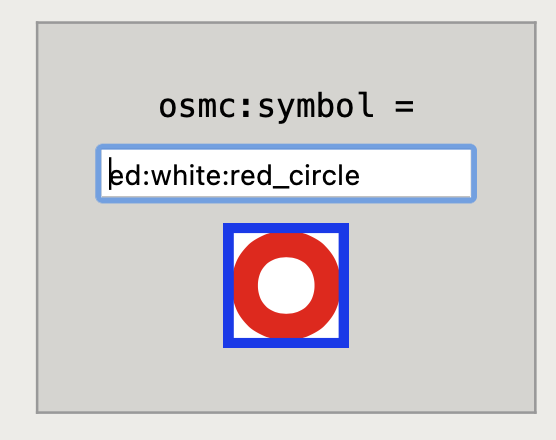An example from a croatian thread.
They remove osmc:symbol=red:white:red_circle and add symbol=Knafelčeva markacija but even with a good translator, I can’t understand the value ![]()

I think this is an interesting point that should discuss in a separate thread.
Here in France we want to display the “real” symbol so everybody could see it on the field and on the map.
I understand that some (at least in the USA) use the symbol for it’s semantic aspect (i.e. this a “regional” cycling route that form a loop).
Here in France use semantic tags link network and network:type=node_network.